Table of Contents
- Understanding the Causes of Yeast Diaper Rash
- Recognizing Symptoms and When to Seek Medical Advice
- Top Over-the-Counter Treatments for Yeast Diaper Rash
- Natural Remedies That Soothe and Heal
- Preventive Measures to Keep Diaper Rash at Bay
- Q&A
- Key Takeaways
Understanding the Causes of Yeast Diaper Rash
Yeast diaper rash is a common condition that occurs when there is an overgrowth of the natural fungus, Candida, particularly in warm, moist areas such as a baby’s diaper region. This fungal imbalance can be caused by several factors, and understanding these can help in preventing and treating the rash effectively. One of the primary contributors is the prolonged exposure to wet or dirty diapers. When a diaper is not changed frequently, the damp environment encourages yeast growth, thus leading to redness and irritation.
Another common cause is the use of antibiotics, either taken by the baby or the nursing mother. Antibiotics are known to destroy both the harmful and beneficial bacteria in the body. This disruption can allow yeast to thrive unchecked. Additionally, infants who take antibiotics are particularly susceptible, as the medication can upset their delicate microbial balance, paving the way for fungal infections. Parents should be mindful of this side effect when their child is on an antibiotic regimen.
Dietary factors can also play a significant role. An increase in carbohydrate consumption, such as in babies transitioning to solid foods, can elevate yeast levels, leading to a diaper rash. Furthermore, babies with a family history of yeast infections may be genetically predisposed and thus, more likely to experience this condition. Understanding whether dietary adjustments are necessary can be vital in managing and preventing future occurrences. Below is a summary of key causes:
- Frequent exposure to wet or soiled diapers
- Use of antibiotics
- High carbohydrate diet
- Genetic predisposition


Recognizing Symptoms and When to Seek Medical Advice
Detecting a yeast diaper rash early can significantly ease the treatment process and comfort your baby. Look for distinct signs such as red patches on the skin in the diaper area, with defined edges and sometimes surrounded by smaller red spots, known as satellite lesions. These rashes often appear in skin folds and may persist even when traditional diaper rash treatments are applied. Your baby’s skin might also feel warm to the touch, indicating inflammation, which could cause discomfort and fussiness.
In certain cases, the rash can become severely irritable or spread further, which is a definite signal to consult a healthcare professional. If the rash shows signs of peeling, blistering, or if your baby develops a fever, these could indicate a more serious infection that requires immediate attention. Contact your pediatrician if topical treatments do not show improvement within a few days, as this can prevent complications and further distress.
Be sure to seek medical advice if the yeast rash consistently recurs, which might be indicative of underlying health issues such as a weakened immune system or antibiotic use. During your visit, your doctor may suggest a topical antifungal cream or ointment, along with other tailored treatment strategies to ensure full recovery. Always remember, the quicker you act upon these symptoms, the sooner your baby can return to their comfortable, giggling self.


Top Over-the-Counter Treatments for Yeast Diaper Rash
For parents seeking immediate relief for their baby’s yeast-related discomfort, several over-the-counter options are readily available. One popular choice is antifungal creams, which target the yeast causing irritation. Common active ingredients in these creams include clotrimazole and miconazole, known for their effectiveness in reducing fungal growth. Dermatologists often recommend applying a thin layer of the cream to the affected area, usually around three times a day, ensuring that the skin is clean and dry before application.
- Clotrimazole: Often found in products like Lotrimin.
- Miconazole: Present in popular brands such as Micatin.
- Nystatin: A frequently prescribed antifungal when stronger action is needed.
In addition to creams, probiotic supplements can be a beneficial tool in balancing the skin’s natural flora and combating yeast diaper rash. Probiotics introduce helpful bacteria that can restore equilibrium, reducing the likelihood of further yeast infections. It’s advisable to consult a pediatrician before adding probiotics to a child’s regimen to ensure safe and appropriate use. For a complete approach, some parents combine probiotics with antifungal treatments, effectively addressing the issue from multiple angles.
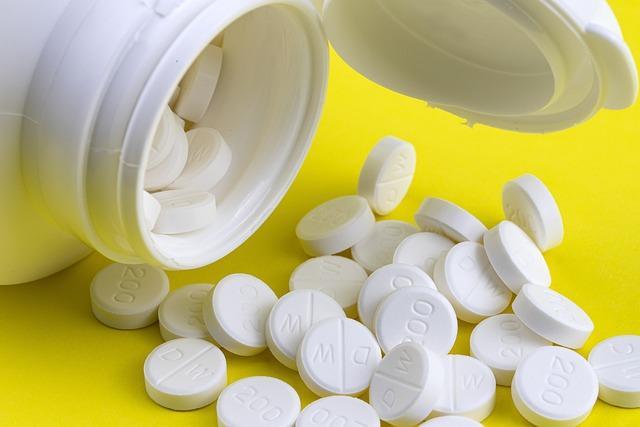

Natural Remedies That Soothe and Heal
Caring for your baby’s tender skin can be a challenge, especially when faced with a yeast diaper rash. Fortunately, several natural remedies have been known to effectively soothe and heal this common issue. Opting for coconut oil can be a game changer, thanks to its antifungal properties. A light layer applied to the affected area acts as a soothing barrier, easing discomfort and preventing further irritation. Its natural moisturizing effects also help in keeping the skin hydrated, which is crucial for healing.
A good aloe vera gel can provide remarkably quick relief. Renowned for its anti-inflammatory and healing properties, aloe vera reduces redness and alleviates itchiness. Ensure you use pure aloe vera gel—or better yet, extract it directly from the plant. Aloe’s cooling effect serves to calm angry skin, while its natural nutrients promote swift recovery. Applying it several times daily can expedite the healing process.
- Apple Cider Vinegar Rinse: Dilute with water for a gentle antifungal wash.
- Oatmeal Bath: Ground oatmeal in a warm bath calms inflammation.
- Breast Milk Application: Known to boost immunity and speed healing.
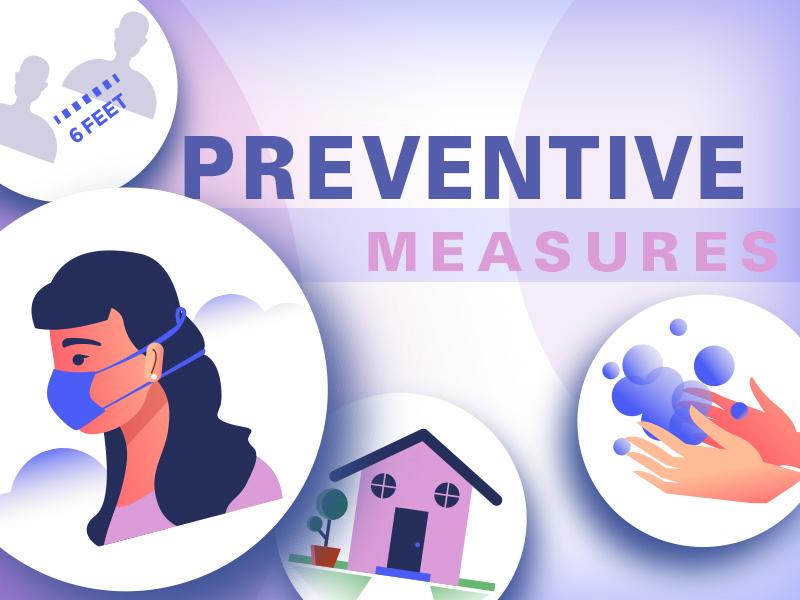

Preventive Measures to Keep Diaper Rash at Bay
Maintaining a vigilant approach is essential in safeguarding your baby’s skin from uncomfortable irritations. The first step is ensuring that your baby’s diaper area stays clean and dry. Frequent diaper changes are crucial—they help to minimize prolonged exposure to moisture, which can lead to irritation. After each change, gently clean the skin with a soft, damp cloth or a sensitive wipe, avoiding anything that might cause friction. Allow your baby’s skin several minutes of fresh air before securing a new diaper.
Another layer of defense involves strategic application of barrier creams or ointments. These act like a protective shield against wetness. Look for products containing zinc oxide or petroleum jelly as they create an impermeable layer over the skin, safeguarding your baby against potential irritants. It’s always wise to perform a patch test when trying a new product to ensure there’s no adverse reaction. Additionally, opt for natural fiber diapers when possible, which improve airflow compared to their synthetic counterparts.
- Keep the diaper snug, but not too tight to facilitate air circulation.
- Consider implementing a short period of diaper-free time daily if possible.
- Test water temperature before a bath to prevent overheating delicate skin.
Identifying and eliminating triggers is also a key preventive strategy. Observe any potential allergens or irritants like certain soaps, lotions, or even food items, which could be indirectly contributing to outbreaks. Keep a log of anything new in your baby’s diet or environment and note any correlation with irritation. When in doubt, consult your pediatrician to discuss persistent issues or explore further skincare options.

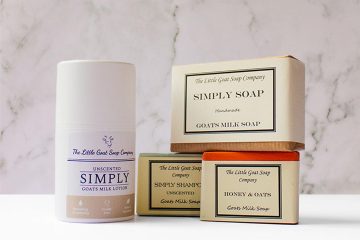
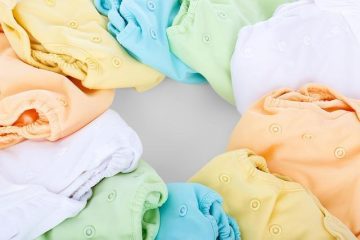
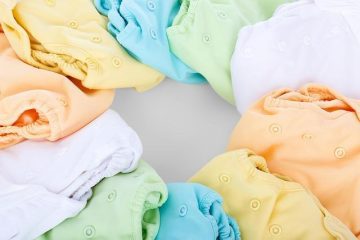
0 Comments